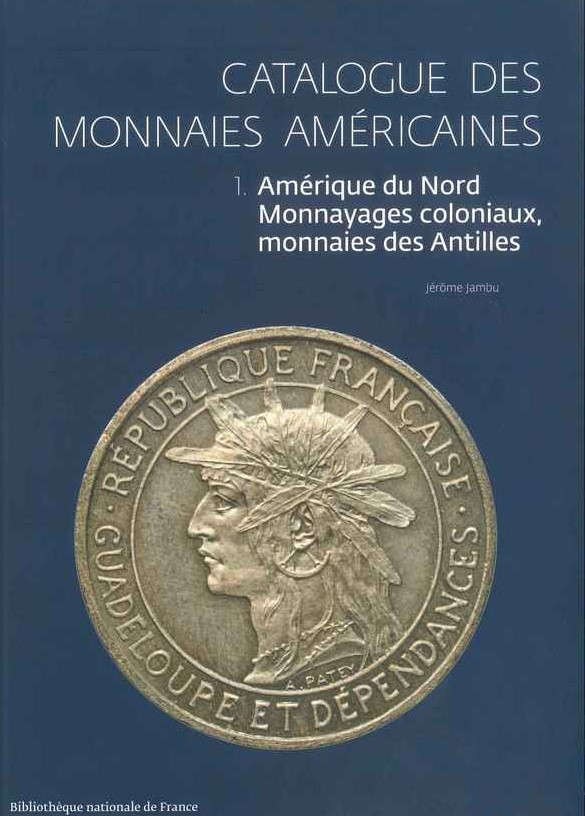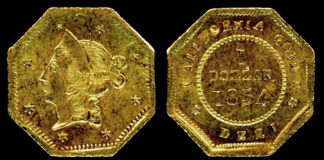
One of the world’s most remarkable numismatic collections is curated by the Bibliothèque nationale de France’s Department of Coins, Medals and Antiques. 45,000 of the 450,000 coins it contains were produced in the mints of Europe and the Americas, from the Middle Ages to the present day.
This first volume of the Bibliothèque nationale de France’s Historical Catalogue of American Coins, devoted to North America, Colonial Coinage and West Indian Coins, makes accessible to the readers, for the first time, this little-known unpublished collection.
Amassed over the years since the late 18th century with the help of informed collectors and through its curators’ acquisitions, it sheds light on the key moments in these regions’ histories, from the coins produced by the French West India Company for the French Antilles to the first local coinages produced by English colonists in the Thirteen American Colonies. Spanish silver pieces of eight, cut up to make small change, Portuguese gold pieces punctured for circulation from island to island, coins marking Haiti’s and the Dominican Republic’s accession to independence, struck by the Paris Mint: adaptations to economic needs and historical changes gave these countries’ coins a whole range of innovative forms.
A second volume, currently in preparation and still devoted to North America, will cover the Revolutionary and Federal Coinages of the United States and Canada.
The author is the former curator of foreign coins at the Bibliothèque nationale de France’s Department of Coins, Medals and Antiques (2015-2020), Jérôme Jambu specializes in modern and contemporary western coinages. He recently published Treasures of Spanish coins in France in the 17th and 18th Centuries (Trésors monétaires XXVIII, Paris, BnF éditions, 2019). He is currently Lecturer in Modern History at the University of Lille and Permanent Researcher at the IRHiS (UMR-CNRS 8529).
The book can be purchased at the BNF Editions website.
Jérôme Jambu also published the 28th volume of its Trésors monétaires series.



